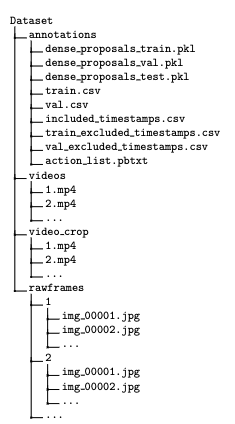1,无返回值的函数
2,返回一个返回值
) ->
3,返回由多个值组成的复合返回值
3
4,可变形参:可以接受0个或者任意数量的输入参数
5
5,在Swift函数中,参数默认是常量。如果要改变参数的值,就需要在定义函数的时候加上关键字var。(外部的参数任然不会被修改)
7
6,如果想要同时改变函数内外的参数值,可以利用inout关键字,同时调用函数的时候给参数加上前缀“&”
add(&age)
7,可以使用函数类型的参数
10
8,也可以使用函数类型的返回值
|
1
2
3
|
func
test(name:
String
){
}
|
) -> (
Int
,
var
position = 1
visible =
false
return
(position,visible)
}
|
test(numbers:
...) ->
count:
= 0
for
number
in
numbers{
count += number
}
count
}
|
5,在Swift函数中,参数默认是常量。如果要改变参数的值,就需要在定义函数的时候加上关键字var。(外部的参数任然不会被修改)
| age = 22
add(age)
//无法编译
add(age:
) {
age += 1
}
//可以编译
add(
age:
) {
age += 1
}
|
6,如果想要同时改变函数内外的参数值,可以利用inout关键字,同时调用函数的时候给参数加上前缀“&”
7,可以使用函数类型的参数
additive(a:
ottom:auto!important; float:none!important; height:auto!important; left:auto!important; line-height:1.5em!important; margin:0px!important; overflow:visible!important; padding:1px 0px!important; position:static!important; right:auto!important; top:auto!important; vertical-align:baseline!important; width:auto!important; font-family:Consolas,b:
a + b
}
//函数类型的参数
printAdditiveResult(addFun: (
ottom:auto!important; float:none!important; height:auto!important; left:auto!important; line-height:1.5em!important; margin:0px!important; overflow:visible!important; padding:1px 0px!important; position:static!important; right:auto!important; top:auto!important; vertical-align:baseline!important; width:auto!important; font-family:Consolas,a:
){
(
"Result:\(addFun(a,b))"
)
}
printAdditiveResult(additive,a: 5,b: 7)
|
8,也可以使用函数类型的返回值
原文出自: www.hangge.com 转载请保留原文链接: http://www.hangge.com/blog/cache/detail_517.html






